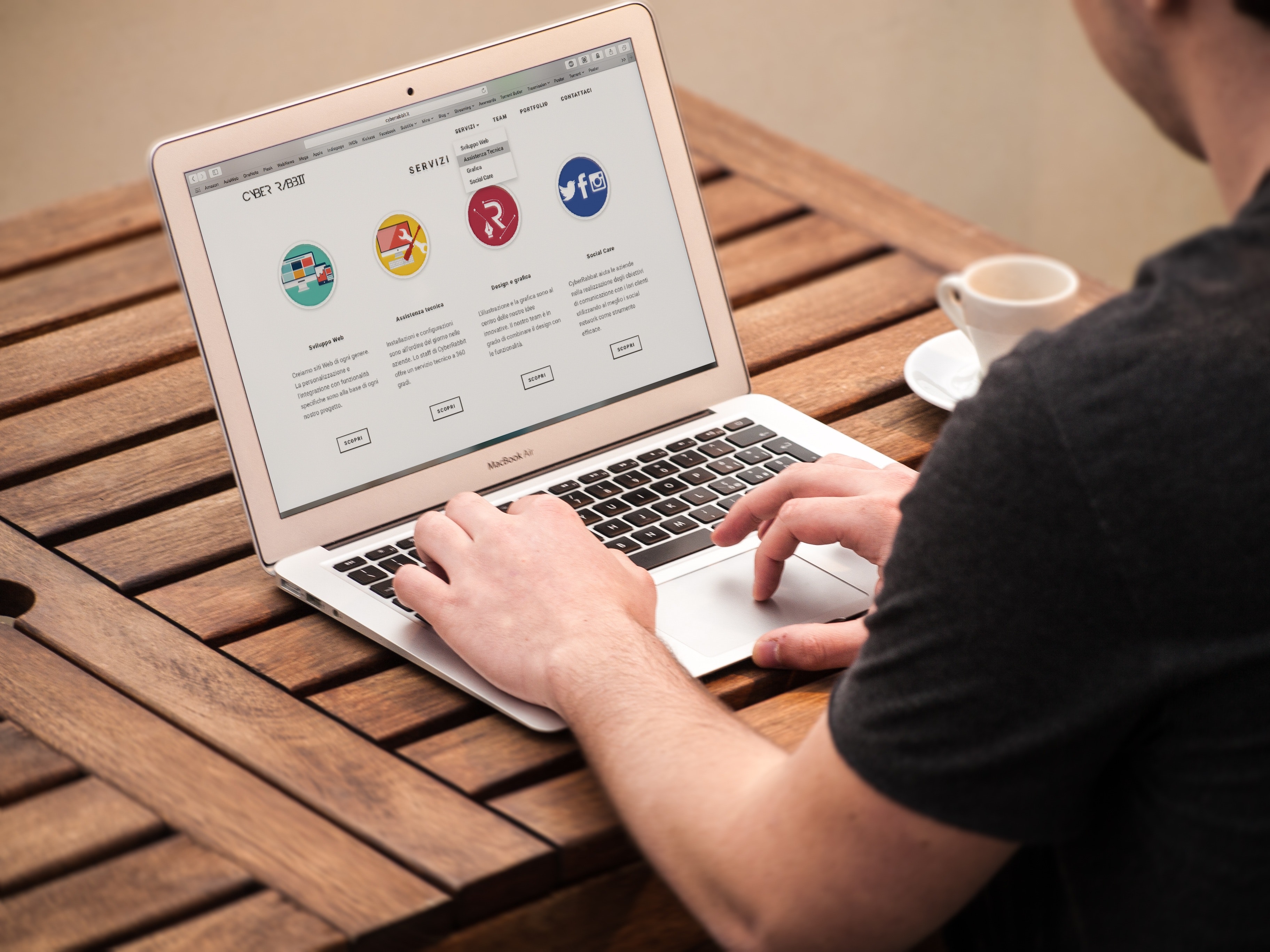Confirming web accessibility is a necessity now for the web developers to ensure that users with disabilities are also able to access the website and browse through the content as like anyone else. Section 508 makes it mandatory for the government and public use websites to be in compliance with web accessibility norms. For business websites also accessibility now comes as a prime requirement in order not only to enrich its reach by covering more target group audience but also to perform better on search engine result pages. While thinking of disability of web users, it covers a wide range of impairments including, but not limited to:
- Vision impairment
- Hearing problems
- Physical disabilities
- Cognitive and neurological disabilities
Website accessibility
The major considerations to make in terms of ensuring website accessibility include:
- Providing a transcript of all video and audio content.
- Usage or proper alt text for images and graphics in the alt attribute.
- Ensure that the content is readable without JavaScript
- Don’t play video or audio automatically without prompting and also should have a mechanism to turn it off.
- Use language appropriate to the target audience.
- Usage of adequate font (size adjustable) and background color.
- Don’t assume that a user always uses a mouse for navigation.
- Don’t just rely on color alone to convey messages.
Testing 508 conformance
There are many modes of testing to validate 508 conformance as specified by https://siteimprove.com/en-us/accessibility/accessibility-testing/ as:
Automated – there are many conformance testing tools to ensure 508 compliance, which can scan the content and test electronically.
Manual – user testing methods to test compliance through documented and repeatable processes, run manually.
Hybrid testing – A fine combination of both manual and automation tool testing.
Automation Testing
Automated tools are not as competitive compared to human subjectivity, so there are chances for false positive results also while tested for a very small portion of requirements. You should determine the best possible strategic mix for false-positive vs. the coverage of your requirement by ensuring that the accuracy of the rule sets is well in alignment with your website objectives and expectations. There are multiple tools to check various content types like HTML, CSS, JavaScript, etc.
Manual Testing
It is the most accurate mode of testing for accessibility. For this, one should follow the instructions as outlined by the Federal CIO Council’s Accessibility Community of Practice in the specifications of Test for Accessibility. An experienced tester should conduct manual testing by preparing comprehensive test cases and repeatedly testing every aspect of the web pages for conformance.
Hybrid testing
As seen above, hybrid testing is considered to be the best solution while there is a need for large volume testing. For a hybrid approach, you should consider:
- Building accessibility into the code-set during the development.
- Perform manual testing each time before publishing new content.
- Administer standalone automation testing tools to check for any obvious errors.
- Effectively integrate the automated rules into development operations to increase the 508 scale validation for applications before release.
- Usage of automated testing tools to scan higher volume of electronic content and to conduct manual testing periodically on high-priority content published.
You have to build an ongoing testing process for 508 compliance in order to build optimally accessible content. Testing needed to be done at all stage of content production in order to make sure that your organization publishes accessibility ensured content only.
